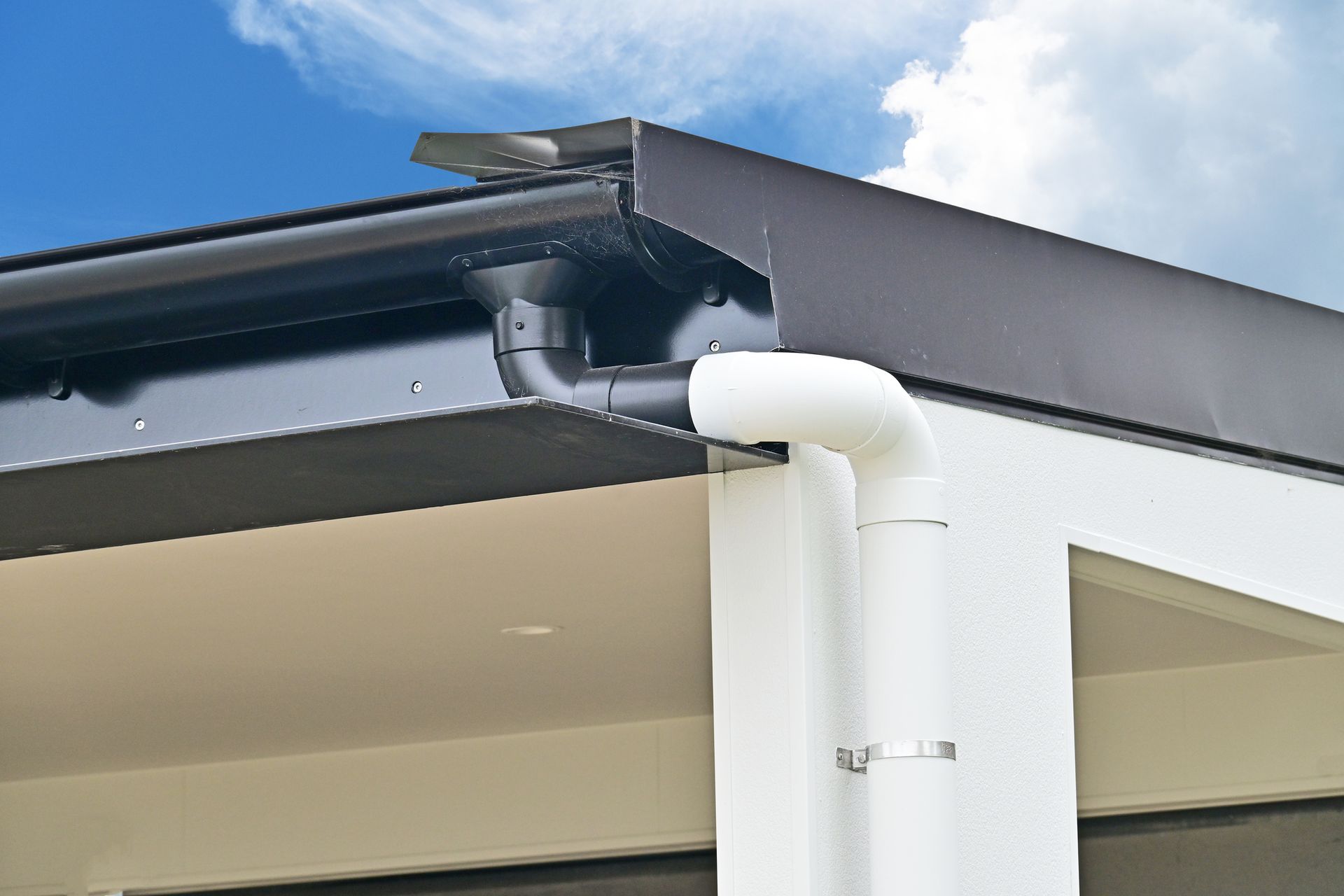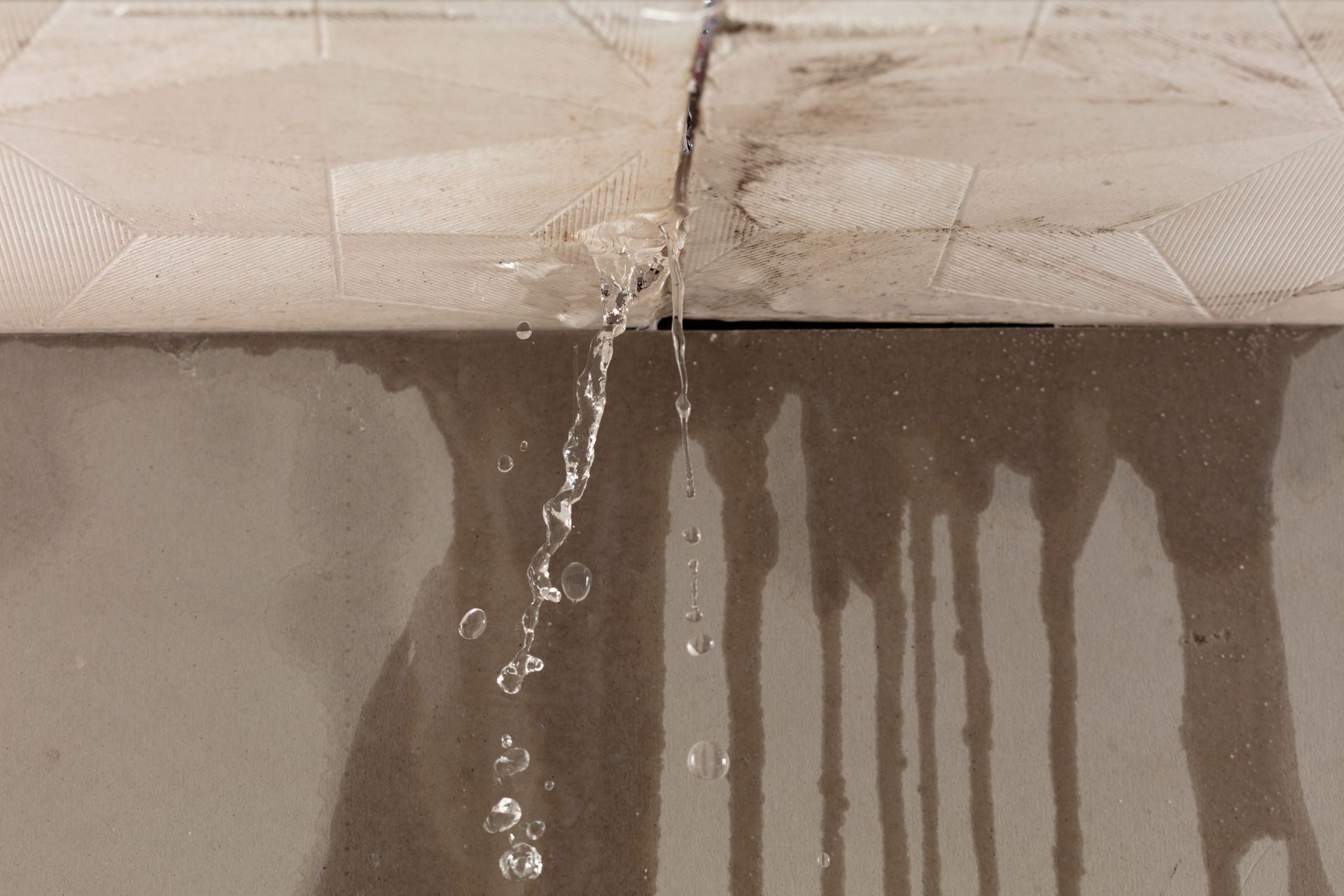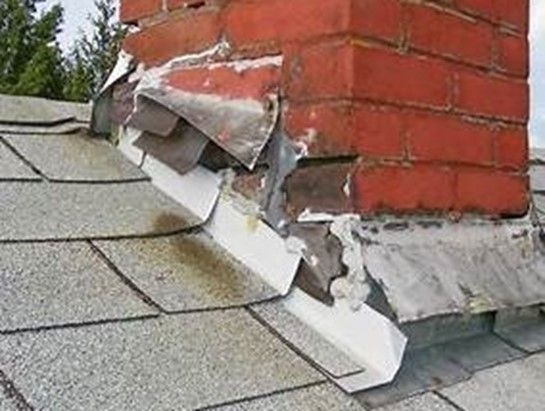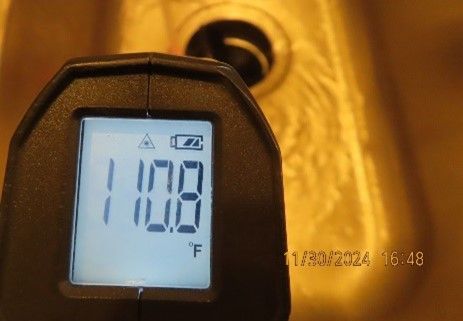Checking Roof Details to Ensure the Covering is Water Tight
Checking Roof Details to Ensure the Covering is Water Tight
Presenting a video looking at the flashing details on a roof with asphalt shingles installed. Specifically addressing the vents and vent flanges and how they are secured to the roof. Roof flashings are typically metal or plastic shapes designed to redirect or shed water off of one surface onto another. Different types of roof flashings may include, step flashings, counter flashings, vent flashings, ridge flashings, plumbing flashings, drip edge moldings, and kick out flashings.
What are Flashings and Why Do We Need Them?
Flashings are very important in the Houston market due to the amount of rainfall the area receives and amount of rainfall the area can receive at one time. Hurricane Harvey dropped over 50 inches of rain north of Houston before the rain gauge broke. Clearly that area received more than 50 inches in a 24 our period!!
Flashing details are very important for ensuring a roof sheds or drains properly. The most common method to attach these flashing details to the roof is to use nails to secure the flange to the roof decking. These nails have to be minimum 1-1/2" long. The preferred nail is a ring shank nail that has ridges around the nail shaft that grips the wood and resists being removed.
The nails used on this roof and featured in the video were nailed through the flange instead of using the holes created by the manufacturer. Nailing through a plastic flange like the one shown can crack or break the flange and make it susceptible for breaking. If the flange breaks, it is free to move and can lifted by the wind and allow water penetration.
The most common defect I find on roof flashings are exposed nail heads on flashings and shingles. These nail heads need to be covered with a roofing cement or roofing sealer to prevent water or moisture from causing the nail to rust. When this occurs, the nail shaft rusts, expands, and creates a larger hole. Water can then migrate under the head and down the nail shank to the decking causing damage to the decking and attic structure. In severe cases, moisture will drip onto the insulation and ceiling drywall creating stains or damage.
What Happens if Flashing Details are Not Repaired?
Improperly installed, poorly maintained, or damaged roof coverings and flashing details is a leading cause of roof leaks. Many times a roof leak will go undetected for extended periods of time because they start small and slowly damage roof decking and/or rafters. Once these areas a significantly damaged, water penetration into the home is what is noticed and gets a homeowners attention. At that point significant damage has been done and repairs can be expensive. If the interior finishes have been damaged, that cost will have to be added to the repairs to the roof as well.
Repairs of these areas are usually easy to complete if detected early enough. Many homeowners do not monitor or inspect the roof due to height, access, and just really not looking at it. The factors can allow defects or leaks to persist over time and cause damage previously described. A regular inspection of the roof by a home inspector from Boxer Inspections can help identify roof issues before they become expensive problems. In addition, a roofer or roofing contractor will need to be hired to make any needed repairs. If issues are detected early, the repairs may only be re-nailing flashing or shingles or having to seal all the exposed nail heads. This is typically repairs included in a roofers repair process. More extensive damage will required additional materials and time to correct.
Damage to flashings and roof covering should always be addressed as quickly as possible to limit overall damage. No one likes to have wet ceiling drywall and insulation fall into a room due to a large roof leak. This makes a huge mess to clean up and repair.
#boxerinspections #residentialhomeinspection #roof #roofrepair








